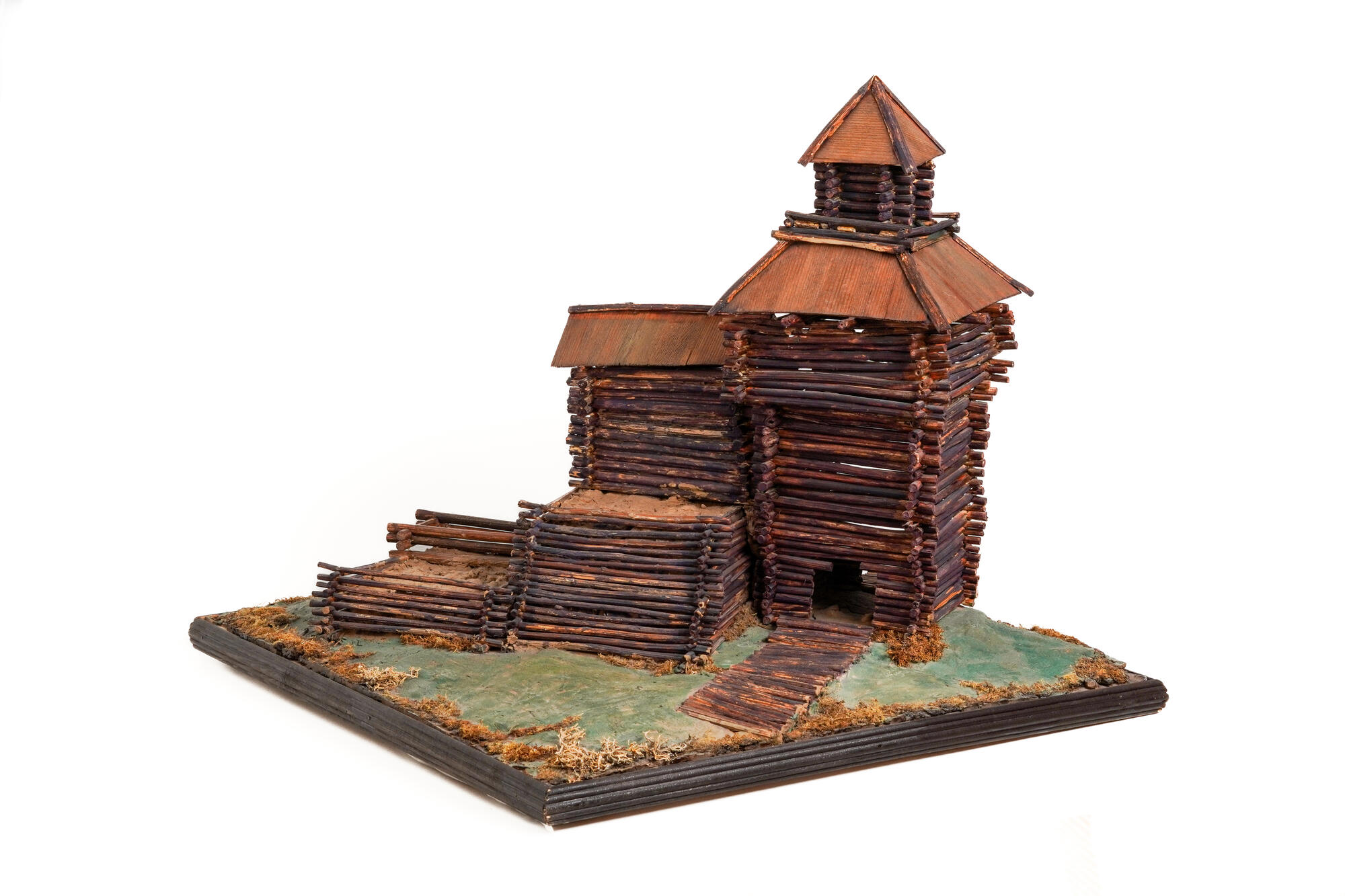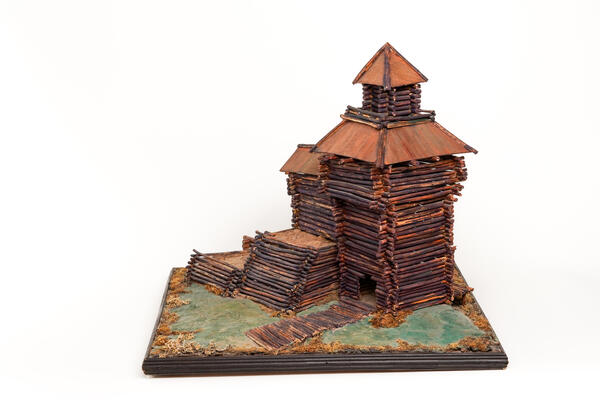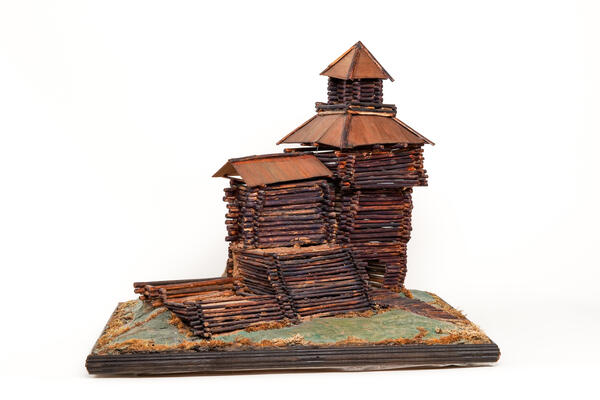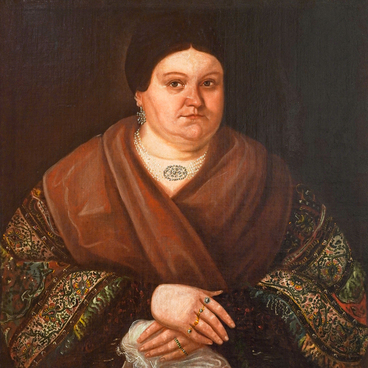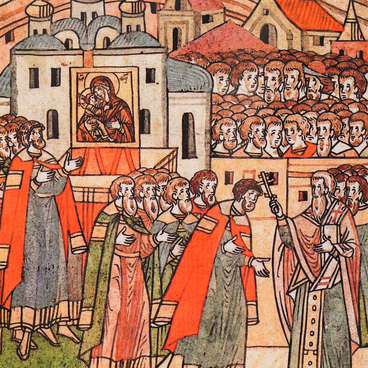Kolomna is one of the oldest towns in the Moscow region. The city emerged on the banks of the Moskva river, at the influx of the Kolomenka river into it. The confluence of the Moscow and Oka rivers was a junction of the most important trade routes.
The name of the town is associated with the common Slavic root “koko” (circle, circumference) or is derived from the Turkic word “kolm” (grave, cemetery). Historians believe that the border town-fortress Kolomna was founded by the Ryazan Prince Gleb in order to strengthen his borders and enhance the economic, political and strategic position of Ryazan. Since that time, many goods from the south to Vladimir went through Kolomna. The Vladimir Prince could not put up with the strengthening of the Ryazan principality. It was because of the strife between the two princes that the Laurentian Chronicle first mentions the town of Kolomna in 1177, which is considered to be the date of its foundation.
The expanding Moscow principality also needed Kolomna to reinforce its own position, but the city was located in the Ryazan lands. Prince Daniel of Moscow attacked Ryazan in 1300 and annexed Kolomna and the surrounding densely populated area. Since then, Kolomna has been inextricably linked to Moscow. It was the first town where the gathering of the Russian lands around Moscow began. At the turn of the 15th century, Kolomna was the richest town in the principality after Moscow. It witnessed the struggle of Grand Prince Vasily II against Dmitry Shemyaka. Enemies often came up close to its walls, and Kolomna was always a reliable defender of Moscow, taking the first blows. With the formation of the centralized Russian state, Kolomna became part of the all-Russian external defense.
Very little information has survived about the wooden Kolomna Kremlin. What is known is that it was a fortified structure on earthen ramparts, with gate towers and log walls. Its location ensured a considerable strategic advantage over attackers from the south and east. The Oka and Moskva rivers served as natural protection. But the wooden fortress was repeatedly burned down during the Horde period.
The name of the town is associated with the common Slavic root “koko” (circle, circumference) or is derived from the Turkic word “kolm” (grave, cemetery). Historians believe that the border town-fortress Kolomna was founded by the Ryazan Prince Gleb in order to strengthen his borders and enhance the economic, political and strategic position of Ryazan. Since that time, many goods from the south to Vladimir went through Kolomna. The Vladimir Prince could not put up with the strengthening of the Ryazan principality. It was because of the strife between the two princes that the Laurentian Chronicle first mentions the town of Kolomna in 1177, which is considered to be the date of its foundation.
The expanding Moscow principality also needed Kolomna to reinforce its own position, but the city was located in the Ryazan lands. Prince Daniel of Moscow attacked Ryazan in 1300 and annexed Kolomna and the surrounding densely populated area. Since then, Kolomna has been inextricably linked to Moscow. It was the first town where the gathering of the Russian lands around Moscow began. At the turn of the 15th century, Kolomna was the richest town in the principality after Moscow. It witnessed the struggle of Grand Prince Vasily II against Dmitry Shemyaka. Enemies often came up close to its walls, and Kolomna was always a reliable defender of Moscow, taking the first blows. With the formation of the centralized Russian state, Kolomna became part of the all-Russian external defense.
Very little information has survived about the wooden Kolomna Kremlin. What is known is that it was a fortified structure on earthen ramparts, with gate towers and log walls. Its location ensured a considerable strategic advantage over attackers from the south and east. The Oka and Moskva rivers served as natural protection. But the wooden fortress was repeatedly burned down during the Horde period.
